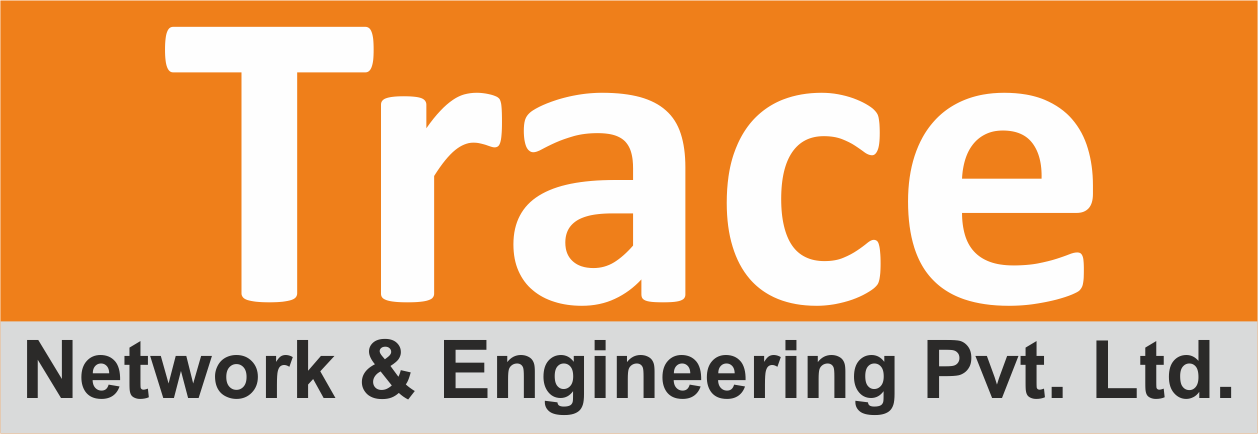Robust cybersecurity solutions for
modern threats & secure
digital
transformation journeys


Comprehensive Data Security Solutions
Protect critical data at rest, in transit, and in use—through encryption, access control, and proactive monitoring.
Why Data Security Matters

Secure Your Data with Confidence
Trace Network offers holistic data protection services that safeguard sensitive information throughout its lifecycle. From encryption to endpoint protection, our solutions are built to prevent unauthorized access and ensure regulatory compliance.
Why Choose Trace Network for Data Security?
Advanced Encryption
Safeguard data using AES-256 and industry-standard encryption protocols for data in transit and at rest.
Access Management
Ensure only authorized users can access data through role-based controls and permission auditing.
Ongoing Compliance
Stay compliant with frameworks like GDPR, HIPAA, and PCI-DSS through continuous governance and reporting.
Our Data Security Approach
Our 5-step methodology includes data classification, protection, access control, monitoring, and audit readiness—offering a complete security framework that supports business continuity and regulatory needs.
Industries We Secure
Banking & Financial Services
Protect transaction data and client information while ensuring financial compliance standards.
Healthcare Institutions
Secure patient health data, EMRs, and digital records to meet HIPAA and privacy obligations.
Enterprise & IT
Defend sensitive IP, source code, and communication flows across dynamic digital environments.
Data Security Services We Offer
Data Loss Prevention
Monitor and control data movement to stop leaks and enforce security policies.
Data Encryption
Encrypt data across all layers—storage, databases, and communications—to block unauthorized access.
Data Classification
Identify and categorize data based on sensitivity levels to apply appropriate security controls.
Access Control
Implement RBAC and user privilege restrictions to reduce insider and external threats.
Backup & Recovery
Ensure recoverability of data with automated backup strategies and disaster recovery plans.
Endpoint Protection
Secure endpoints like laptops and mobile devices against theft, loss, and intrusion.
Key Business Benefits
Data Visibility
Gain complete insight into where your data lives, who accesses it, and how it flows across systems.
Audit & Compliance
Support audits with accurate reports, security logs, and traceable access history.
Lower Risk Exposure
Prevent breaches, avoid fines, and maintain operational continuity with fewer attack surfaces.
Customer Trust
Reinforce brand confidence by demonstrating strong data protection practices and certifications.
Our 5-Step Data Security Process
Discovery
Identify data assets, classify their sensitivity, and assess current protection levels.
Policy Design
Define encryption, masking, and access rules based on business priorities and compliance needs.
Implementation
Deploy the selected tools and controls across endpoints, servers, and cloud infrastructure.
Monitoring
Track data usage and movement with real-time alerting and anomaly detection mechanisms.
Audit & Reporting
Generate detailed documentation and dashboards for internal reviews and external compliance checks.
